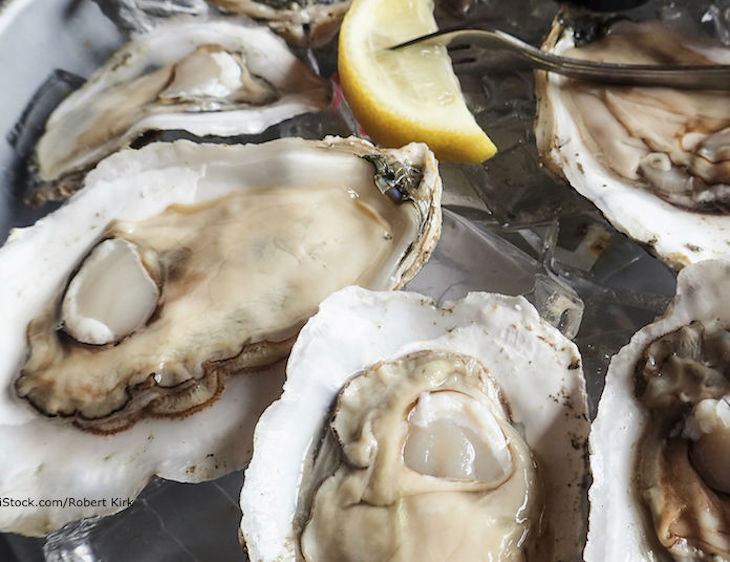A Vibrio vulnificus death in Suffolk County, New York has prompted warnings to the public from Governor Kathy Hochul as well as theNew York State Department of Health. Vibrio vulnificus is a dangerous pathogen that has a 33% mortality rate.

Officials are investigating to see if the deceased person contracted this infection in New York waters or elsewhere. Fatal cases of vibriosis have also occurred in neighboring Connecticut.
Governor Holchul said in a statement, “While rare, the vibrio bacteria has unfortunately made it to this region and can be extraordinarily dangerous. As we investigate further, it is critical that all New Yorkers stay vigilant and take responsible precautions to keep themselves and their loved ones safe, including protecting open wounds from seawater and for those with compromised immune systems, avoiding raw or undercooked shellfish which may carry the bacteria.”
This bacteria can contaminate oysters and other shellfish that are filter feeders. Vibrio vulnificus occurs naturally in saltwater and is found in higher concentrations from May to October in warm weather. Symptoms of a vibrio infection from eating raw or undercooked shellfish include diarrhea, vomiting, stomach cramps, chills, and fever. This pathogen can also cause life-threatening wound infections.
People who have weakened immune systems or diseases such as cancer or liver disease are more likely to develop serious complications from this infection. Taking medicine to decrease stomach acid levels can also increase risk.
Suffolk County Executive Steve Bellone said in a statement, “While we continue to investigate the source of this rare infection, it is important for residents to remain aware and vigilant on precautions that can be taken. As always, if any residents have health concerns we encourage them to contact their health care provider.”
If you have a wound, a recent piercing, or a recent tattoo, do not expose skin to warm seawater in coastal environments. You can cover the wound with a waterproof bandage. Also do not eat raw or undercooked shellfish if you are higher risk for this pathogen. Wear gloves when handling shellfish, cook them thoroughly, and wash your hands with soap and water when you are done preparing them.




